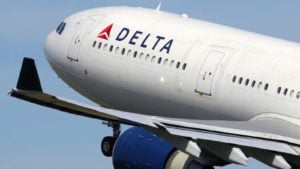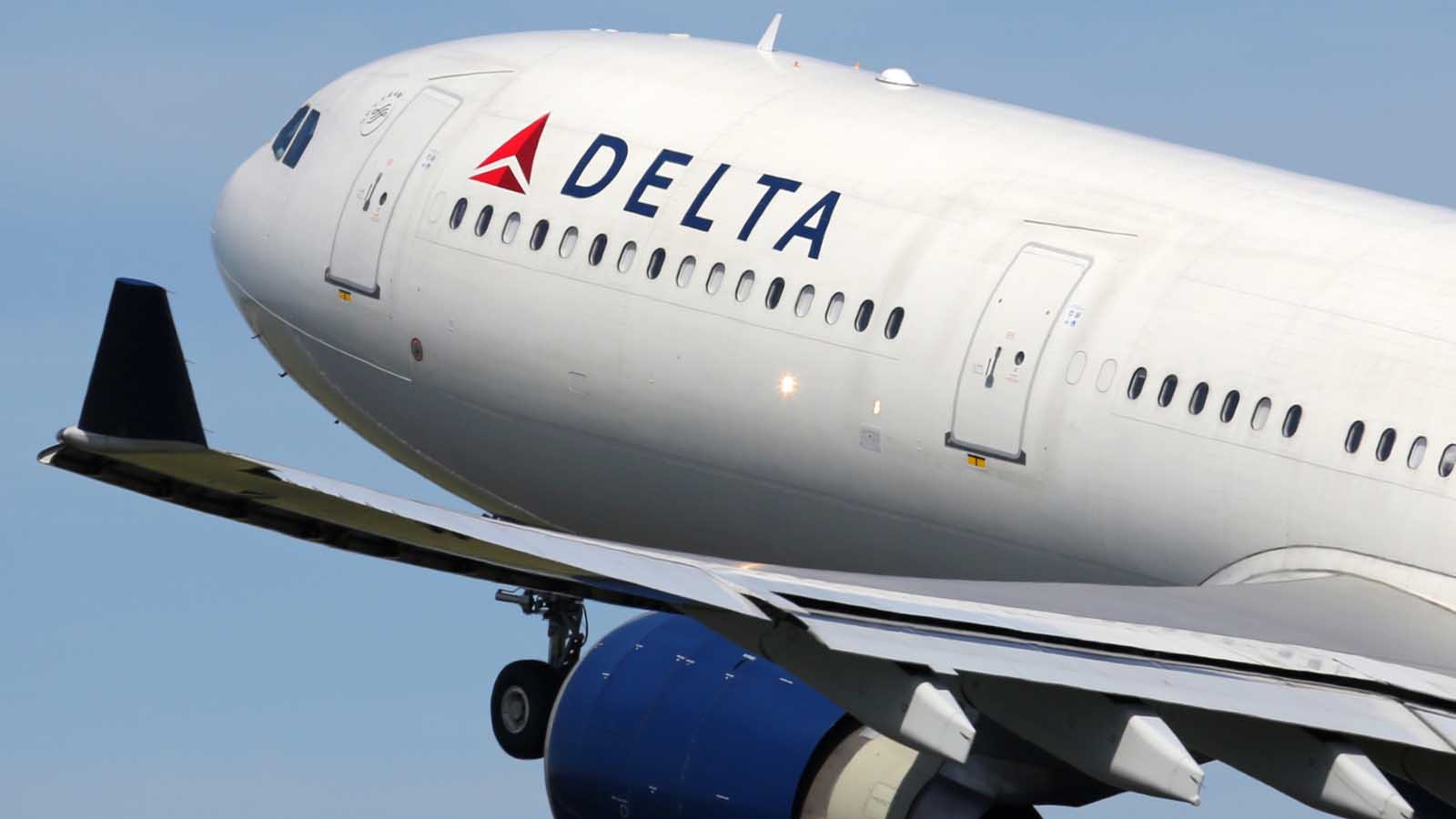I’m not flying until this pandemic is over. Are you? If you aren’t, then why are you buying airline stocks?

That’s the thought that ran through my head the week of June 8, as Delta Air Lines (NYSE:DAL) stock dropped one-third of its value, from $36.97 per share to $27.20, in four trading sessions.
There was little change in the fundamentals. Investors knew revenues for the second quarter might be down 90% from a year earlier. They should have suspected that some rearrangement of its debt would be necessary to avoid default, assuming the pandemic goes into 2021.
But with trillions of dollars in Federal Reserve funny money around, anything is possible. Shares bounced back off the lows in pre-market trading June 12, opening at nearly $30 each.
An Unhealthy Rally
For those who believe in fundamentals, this is a tough market to invest in. What works has been bid to the skies. What doesn’t work has followed it.
DAL stock doesn’t work right now.
Without the virus, the June 12 price is super cheap. Delta is selling at just five times last year’s earnings of $5.39 per share. The market capitalization of $20 billion is just 42% of last year’s revenue.
But there is the virus. Passenger volumes are down 90%. Operating expenses will be down only 50%.
In normal times Delta’s long-term debt of $17.9 billion, including $5.2 billion in capitalized leases, would not be a problem. But the novel coronavirus is real, and it’s going to be around for a while.
Delta shares began rising in early April after it agreed to take $5.4 billion in aid under the CARES Act. That was $3.8 billion in cash and a $1.6 billion loan that came with a warrant to buy 1% of its common at $24.39 per share. At the time, CEO Ed Bastian said the money would prevent furloughs and pay reductions through the end of September.
But wake me up when September ends. Passengers aren’t rushing back. Employees face a hard choice between taking voluntary severance now or being laid off in October. Demand did pick up slightly in June, reducing cash burn from $100 million per day to about $40 million.
That may not be enough. Even a burn rate of $40 million per day, over the third quarter, comes to a loss of $3.6 billion. That burn will continue into fall unless tough action is taken.
The Final Bailout
There is a final bailout available to all airlines. Delta took it in 2005.
It’s called bankruptcy. Shareholders are wiped out, loans are written down, routes are dropped. The Delta that emerged in 2007 was different from the one that went into bankruptcy. During bankruptcy, Delta rejected a buyout from U.S. Airways, now part of American Airlines (NASDAQ:AAL).
It eventually bought Northwest for $2.6 billion. That looks to have been a bargain. Today’s airline is a global giant.
But it’s a giant that may need to go bankrupt again in 2021 if it’s to see 2022.
The Bottom Line on DAL Stock
The CARES Act bailout did DAL stock no favors.
If the airlines were bankrupt right now, Delta would be in position to do more than just delay $300 million in payments. It could threaten to walk away entirely.
It’s the threat of going out of business that forces creditors and employees to create a viable reorganization. The harder today’s negotiations, the more likely future shareholders will prosper. Between its purchase of Northwest and the pandemic, Delta stock rose 500%. It also delivered six years of dividends that rose from 6 cents per share to 40 cents.
To get those gains tomorrow, today’s shareholders would have to be sacrificed. But it would be the right bailout to take.
Dana Blankenhorn has been a financial and technology journalist since 1978. He is the author of the environmental thriller Bridget O’Flynn and the Bear, available at the Amazon Kindle store. Follow him on Twitter at @danablankenhorn. As of this writing, he owned no shares in companies mentioned in this story.
